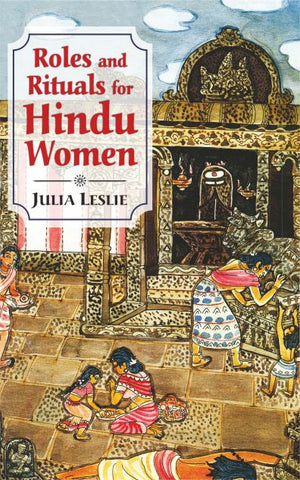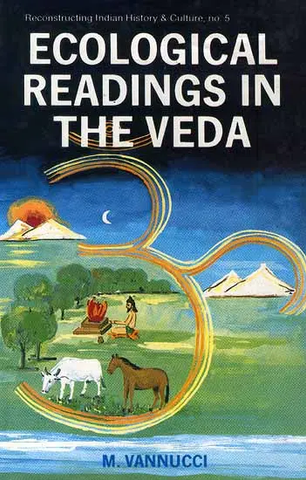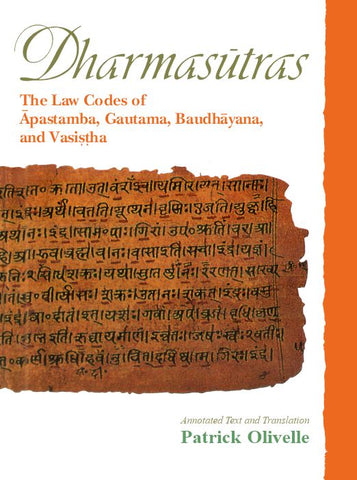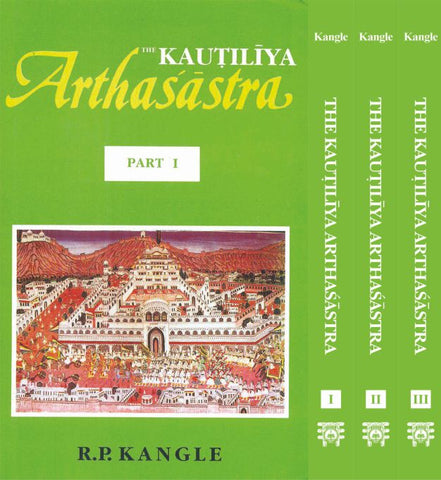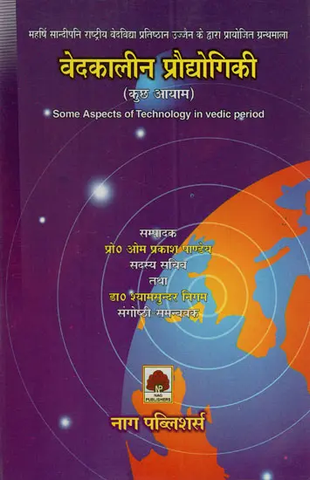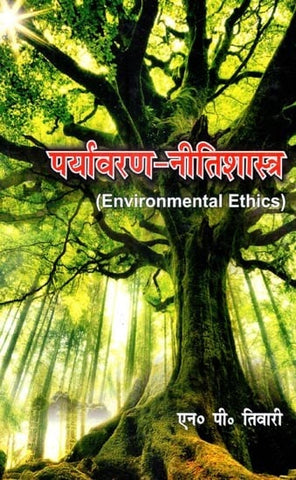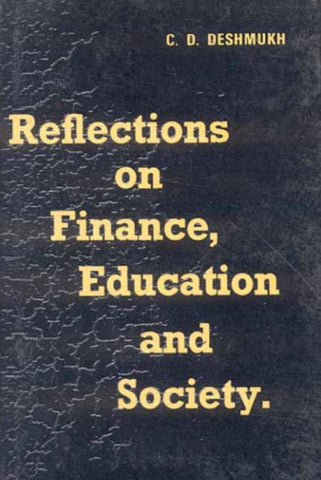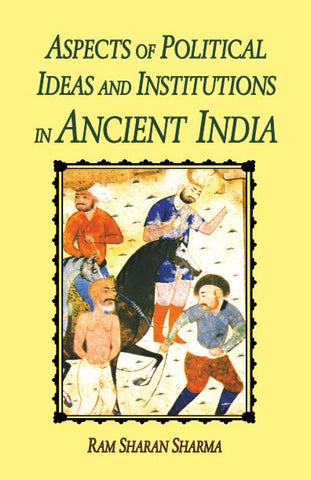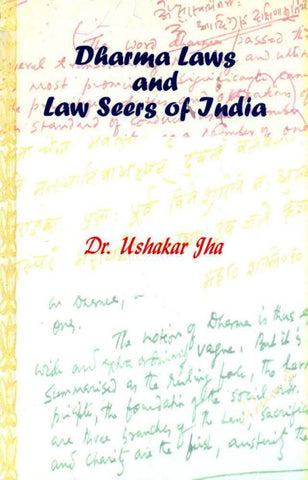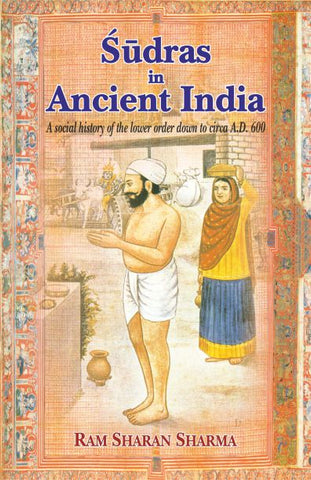Your cart is empty now.
The work deals with royal polit'y' and was composed by the famous premier of Chandragupta Maurya The treatment of topics of 'polity' primarily (chapters 4&5) detailing the qualities meant to guide the king of standards by which to judge the fitness of public officials and members of his household staff for their respective post. The officials mentioned, to wit, are military commander, chamberlain, scribe, ambassador, elephant-keeper, physician, preceptor, priest, astrologer, councillor and superintendent of the harem.
It is a Nitishastra Royal-or 'gems of polity' for everybody; very little of it having to do with 'Instructions for Princes (as in Machiavelli).
When, in 1919, the first edition of this Canakya-rajaniti astram appeared as the second number of the Calcutta Oriental Series, the event was no less interesting than appropriate. Interesting, and even to a certain extent important, as the text now published for the first time brought us an attractive new collection of Niti maxims, which though its existence had been known before, had not yet been made accessible to the general public. Appropriate, inasmuch as we would be justified in celebrating a centenary in the history of that special kind of Niti literature which is connected with the name of Canakya which is contained in the title of our text. Both points may be elaborated a little. All students of Sanskrit literature are aware of the interest and intrinsic value of that body of practical wisdom, prudential counsel, savoir vivre, Lebensklugheit, or whatever expression we may choose to render the term Niti. Scholars have given enthu siastic testimony to their admiration for this branch of literature, at once partaking of the nature of philosophy and of poetry, and which, besides, embodies a vivid and charming picture of the Indian soul and of Indian life, variegated, rich and ever fresh, sparkling with the colours of the Orient, and at the same time human and natural, appealing to readers beyond limits of time and place. Indeed, side by side with such great treasures of Indian literary production as the Epos or the Upanisads, Kavya or Daršana, Niti maintains its place as an element of equal rank and need not fear obscuration by comparison with other brilliant lights. Much of this Niti literature has been published and been made easily accessible, not only in original texts but also in translations. Many also, are the studies consecrated to various aspects of the subject by Orientalists, or by Indian lovers of their own inheritance. Nevertheless there seems scarcely any comprehensive and searching study in existence, surveying the whole field and mapping out its contours, still less any work attempting a chronological or systematic description of its history. In the absence of such a comprehensive study, any isolated contribution to the material on which a future history of Niti literature has to be based must be welcome and is of importance. A glance at the remarks on the subject in such works as Macdonell's History of Sanskrit Literature or in the Encyclopædia Britanni will show at once how unsatisfactory and superficial the general statements on this subject in works of authority still are at present. And so the publication of this new collection of Niti sayings cannot but be interesting, and, in so far as it brings some new material, it is important. The present collection contains, amongst a majority of known savings, also a small number of new ones, and in many cases new versions of previously known sayings, and so it is a distinct contribution to our knowledge, which settles its claims to our interest. As to the fitness of the time for the publication of the work, we may remember that according to bibliographical data in other works about Canakya's sayings, the first print edition of a Canakya sangrala was published almost century ago, in 1817 to be precise. This was in Bengal, but I cannot find in which place. Moreover, synchroni sing with this first appearance of a Canakya in print in India, was the introduction of a similar work to Europe. That remarkable Greek, Demetrois Galanos, who lived for about forty consecutive years as a philosopher and in Hindu style in Benares (where he died. aged 72 years, in May, 1833 sent home, to Greece, a translation in Greek of a Cayakya in the year 1823. Though destined for his fatherland, his messenger took it to Rome, where he presented it to the Vatican, or at least the Sanskrit Ms. accompanying it, at the same time publishing in Rome this Greek translation together with one in Italian. This was in 1825. TI: Canakya text in this case was a so-called Laghucanakyam about which we will have to say something later on. The Roman editor, whose name is given as N. Chiefala in his publication, but whose Greek name is N. Kephalas, seems to have taken singular liberties with his countryman's work. Not only did he make it appear as if this translation was his own instead of Galanos' work, but he also changed the Greek translation from the classical into a more popular language, and, what is still worse, invented a number of sayings of his own which he interpolated between the genuine sentences. But, anyhow, this publication made the name Canakya for the first time known to the wider public in Europe. This knowledge was still spread further by a translation into French of the Italian portion of Kephalas' booklet, made by Bezout, who in 1826 published his Sentences Morales du philosophie indien Sanakea, misesen Francais. If we add to all this the information which the editor of this series has kindly given me, namely that the Ms. from which the present text is printed is also about a century old, then we find that by a constellation of circumstances we have a right to speak of a centenary in the history of the Canakya Niti. Since this first publication in Bengal, and this first translation into a European language much new material soon accumulated in India as well as in the West.
Sample Pages


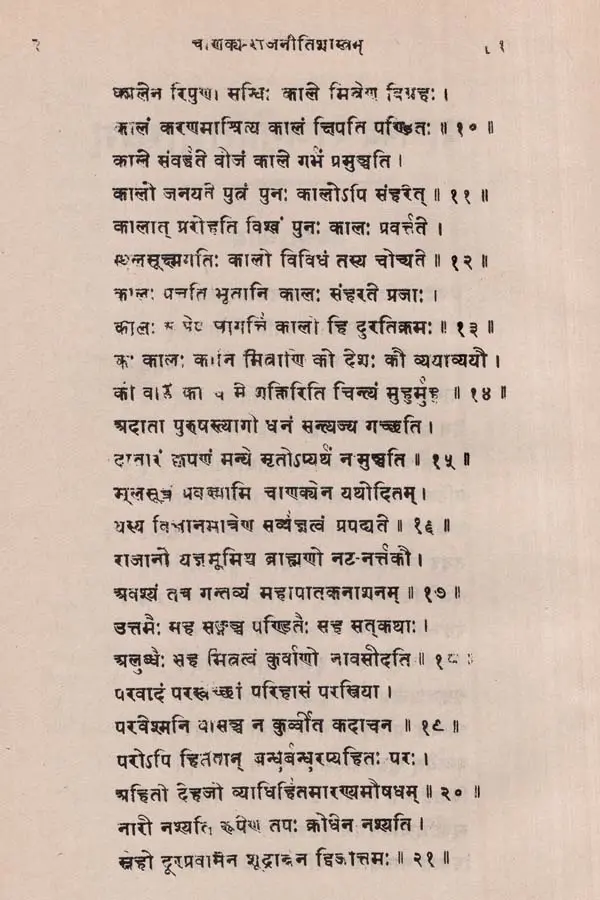


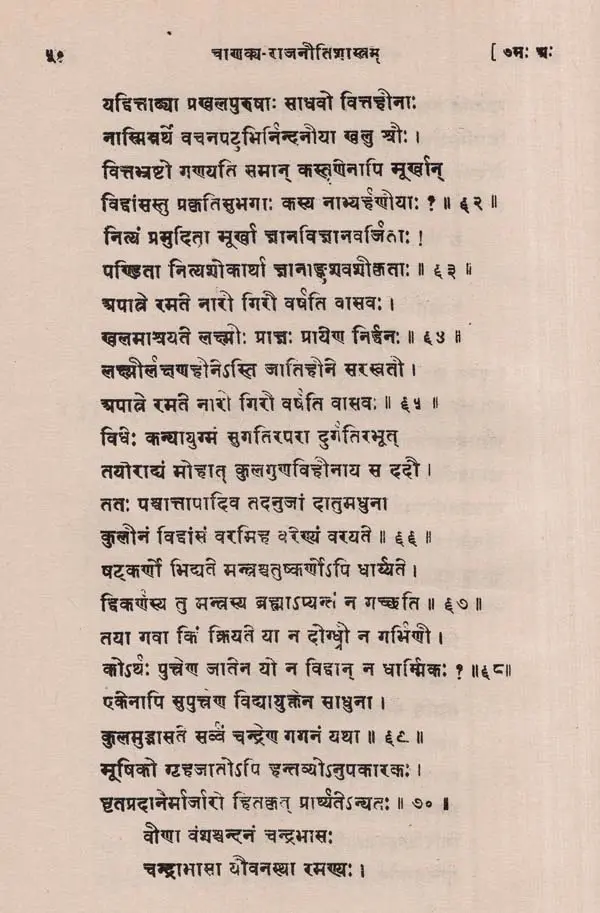

Delivery and Shipping Policy
- INTERNATIONAL SHIPPING
- Rs.1000-1100/kg
- ESTD. Delivery Time: 2-3 weeks (depending on location)
- Bubble Wrapped with Extra Padding
- NATIONAL SHIPPING
- NCR: Rs. 30/half kg
- Standard: Rs. 80/half kg
- Express shipments also available on Request
- ESTD. Delivery Time: Ranging from 1-4 days up to 7 business days (Depending on your choice of Delivery)
- TRACKING
- All orders; national or international, will be provided with a Tracking ID to check the status of their respective orders
- Depending on the Shipping Service, Tracking ID may be used on their respective tracking portals
Frequently Asked Questions (FAQs)
Domestic Shipping: 3-4 Days (after shipping)
International Shipping: 1-2 weeks (based on your location)
You will receive an email once your order has been shipped or you can email us if you didn't receive tracking details (info@mlbd.co.in)
Every book that we sell is the latest edition except all the rare books
Yes, we do provide free shipping, only on domestic orders (within India) above Rs.1500




